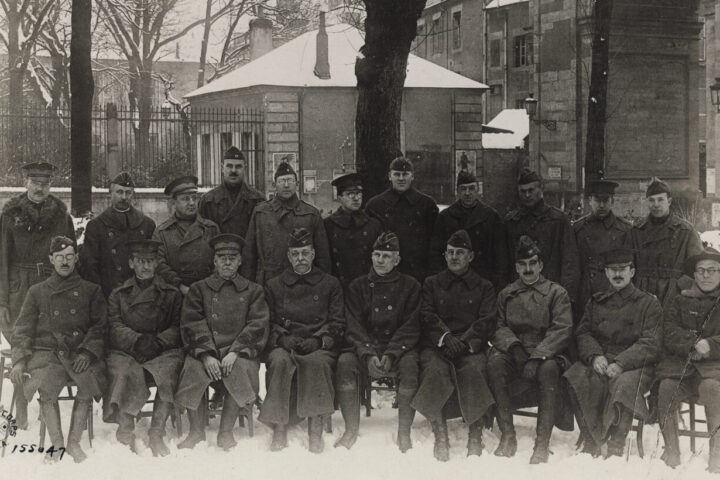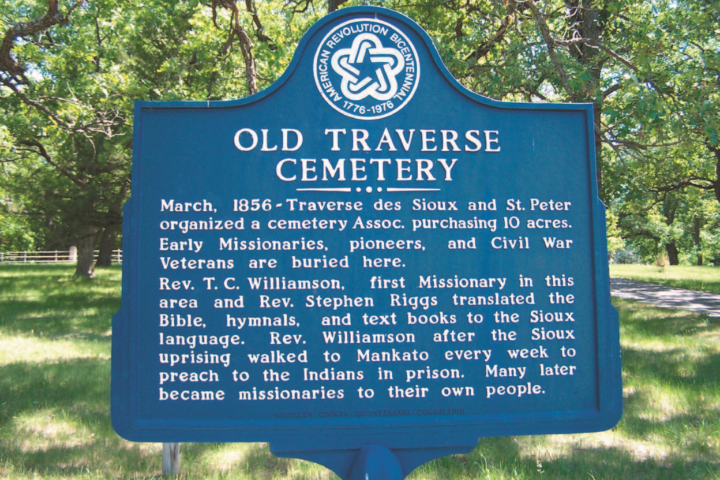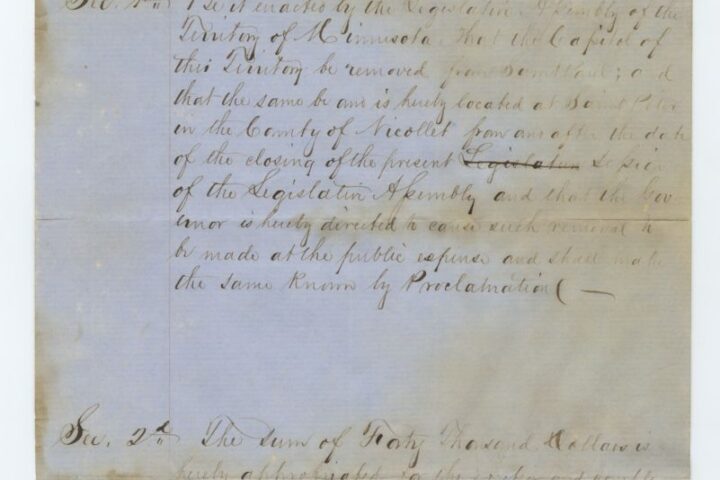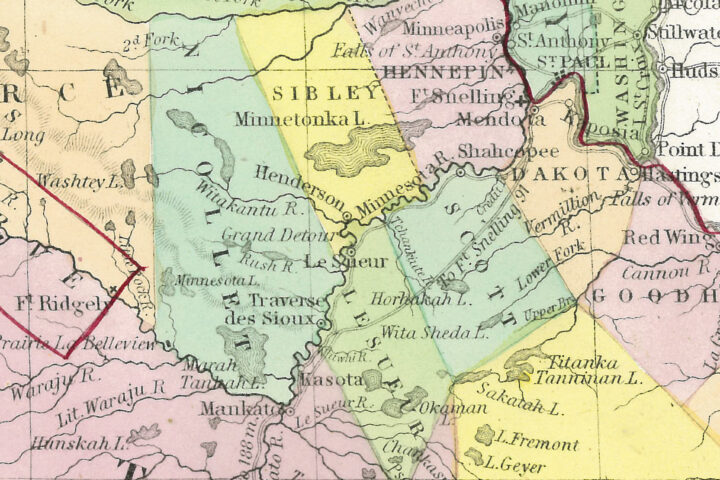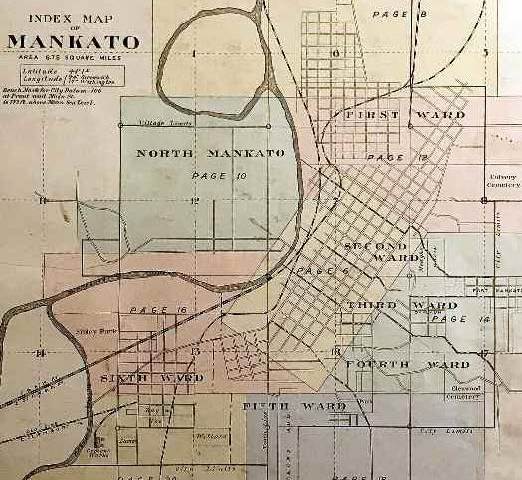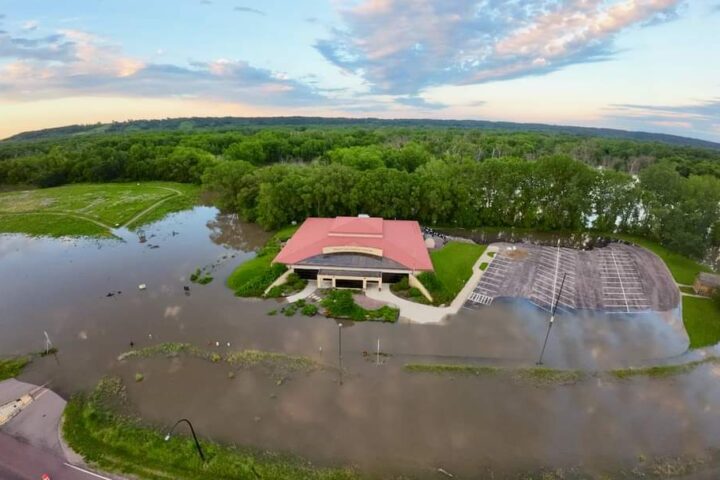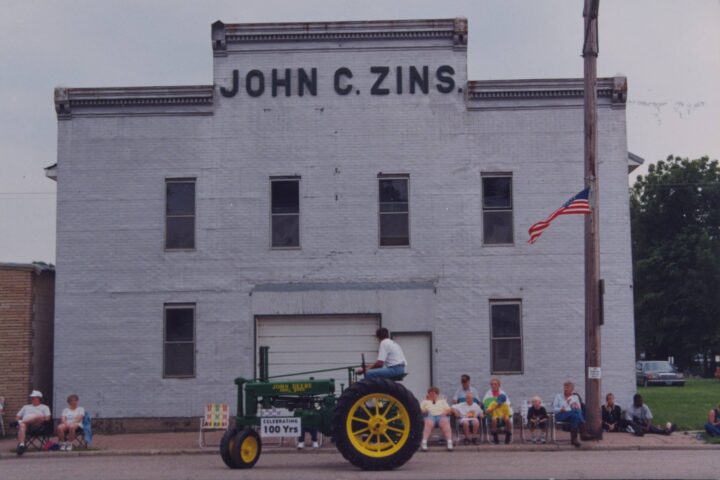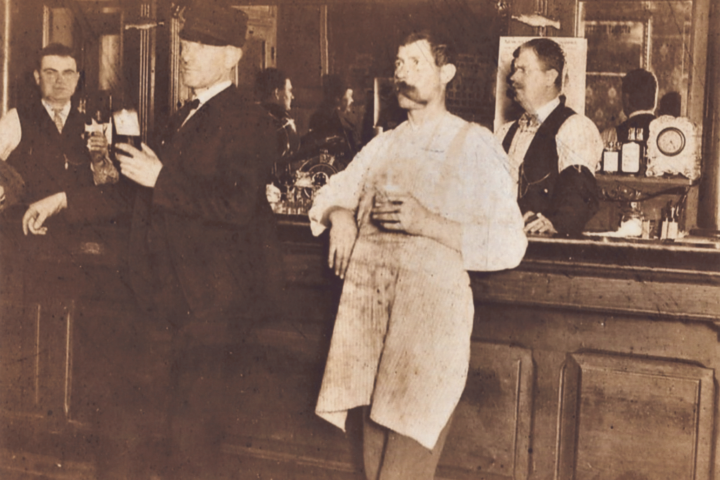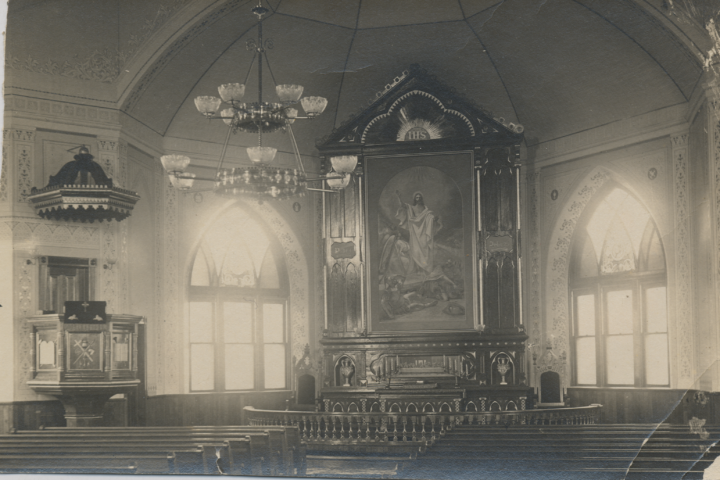Nicollet County duo collected rural school stories
By Bob Sandeen, NCHS Research Assistant
Beginning in the 1850s, minutes of the Nicollet County Board meetings contain written descriptions and maps that defined the boundaries of the county’s school districts as they were formed. The Nicollet County Historical Society’s archives include maps from as far back as 1885 that show the locations of the rural schools in the county.
Two NCHS volunteers’ project, completed a few decades ago, also has proved useful to researchers of local history.
Ruth Larson and Olive Peterson documented the county’s rural school districts as well as information about many of their teachers and their years of service.
During their research, the two women asked former teachers to write about their experiences.
Several responded. While some wrote only a few sentences, others submitted several pages.
Agnes M. Johnson (aka Mrs. Lee J. Osborne) wrote about her experiences teaching between 1915 and 1924 in Districts 32, 50 and 10 in Lake Prairie Township and in District 13 in New Sweden Township.
Her account includes the following winter reminisces: “Wading through the deep snow and cold. Eating frozen noon lunches. Banking the fire in cold weather. Children coming to school with frozen cheeks. Winter colds. Skating on the neighbor’s pond in the pasture. Outdoor toilets. Carrying out ashes and carrying in coal and wood.”
Her essay concluded: “Many more chores, but I did enjoy country school teaching. The children were always eager to do what was expected of them.”
Dorothy Gustafson (a.k.a. Mrs. Henry E. Larson) wrote about teaching at District 33 School in Courtland Township during the 1920-21 school year. During the six-month term, she had six students and they were very young or youths from the nearby German community who had completed confirmation classes at a nearby parochial school.
Young women who taught at rural schools usually gave up their teaching careers at the time of their marriages.
Florence Henning (a.k.a. Mrs. Marlin Peterson) taught between 1929 and 1933, first at District 6 School in New Sweden Township and later in District 4 School in Lake Prairie Township.
While teaching at District 6 School, she lived at the Edmund Bjorklund farm, across the road from the farm where her husband grew up.
Verna Holteen, (a.k.a. Mrs. Virgel Vinquist) wrote about her training and about her experiences at the District 21 School in Belgrade Township between 1924-26.
She worked first as a practice teacher, guided by Miss Agnes Seitzer for two weeks. Miss Seitzer then left her in control of the classroom. Her salary for the first year was $85 per month for eight months.
Holteen had walked about a mile across the meadow to the school.
Many of the children also walked to the school. Sometimes, if the weather was bad, their parents brought them by horse and buggy, sleigh or a motorized vehicle.
The brick school building where Holteen taught was “roomy and pleasant” and it’s basement furnace kept the classroom “nice and warm,” she wrote.
Her students brought lunches in boxes or pails. On cold days, food was kept warm by placing it atop a heat register above the furnace.
There were no electric lights in the school. Its telephone was set up on a party line.
Each morning of classes, students were assigned to raise an American flag on its pole near the building. At the end of each school day, a student lowered the flag.
Holteen’s workday continued after classes were dismissed. She washed the blackboards, cleaned the erasers, swept the floor, and banked the fire to make it easier to warm the building the next morning.
Larson and Peterson usually documented the normal routines in the county’s rural schools. One Nicollet County teacher’s story was extraordinary.
Beatrice Swenson and her nine students stayed at the District 46 School in New Sweden Township throughout the Armistice Day Blizzard of 1940. The building had no electricity and its furnace wasn’t working.
Their adventures were retold in an episode of a 1957 television show. Bette Davis starred in the “Telephone Time” drama titled “Stranded.”
Larson and Peterson also documented information about the consolidation of the schools over the years.
Consolidations happened after a large number of students began to attend the county’s larger schools. The lack of students eventually resulted in the closures of one-room rural schools throughout the county.
(The Nicollet County Historical Society is looking for more information about the county’s schools. Photos showing the schools are of special interest. For more information, call 934-2160).

